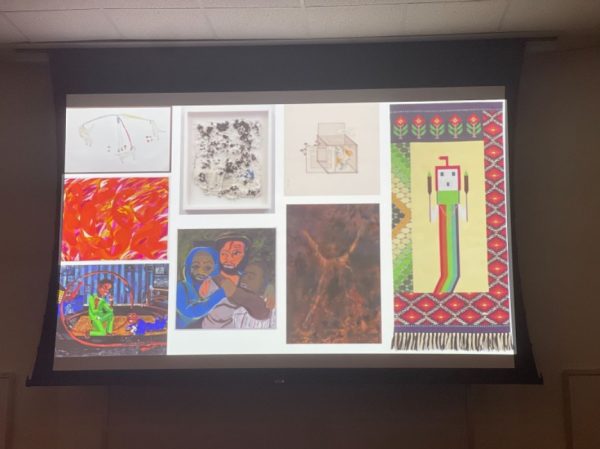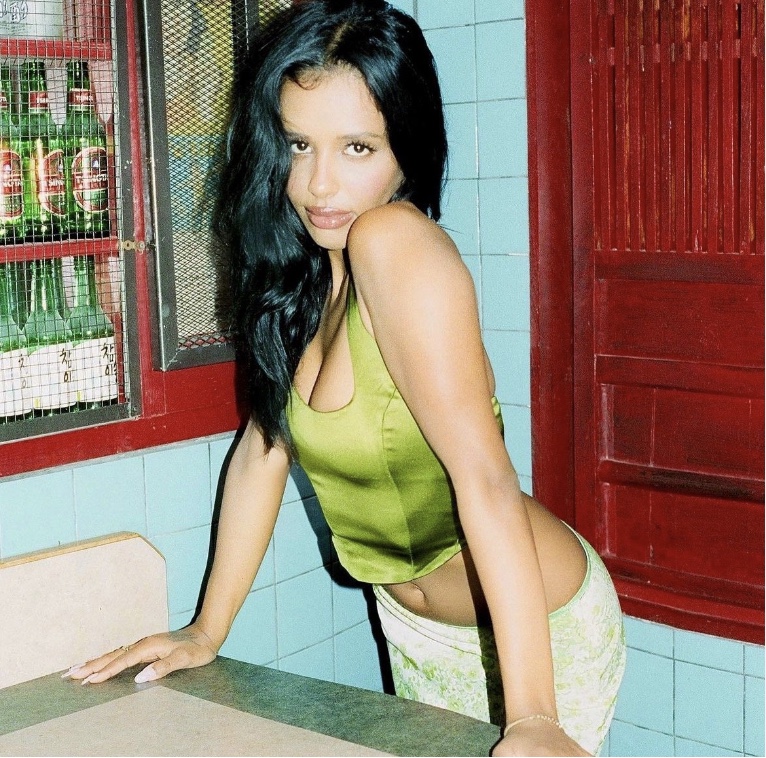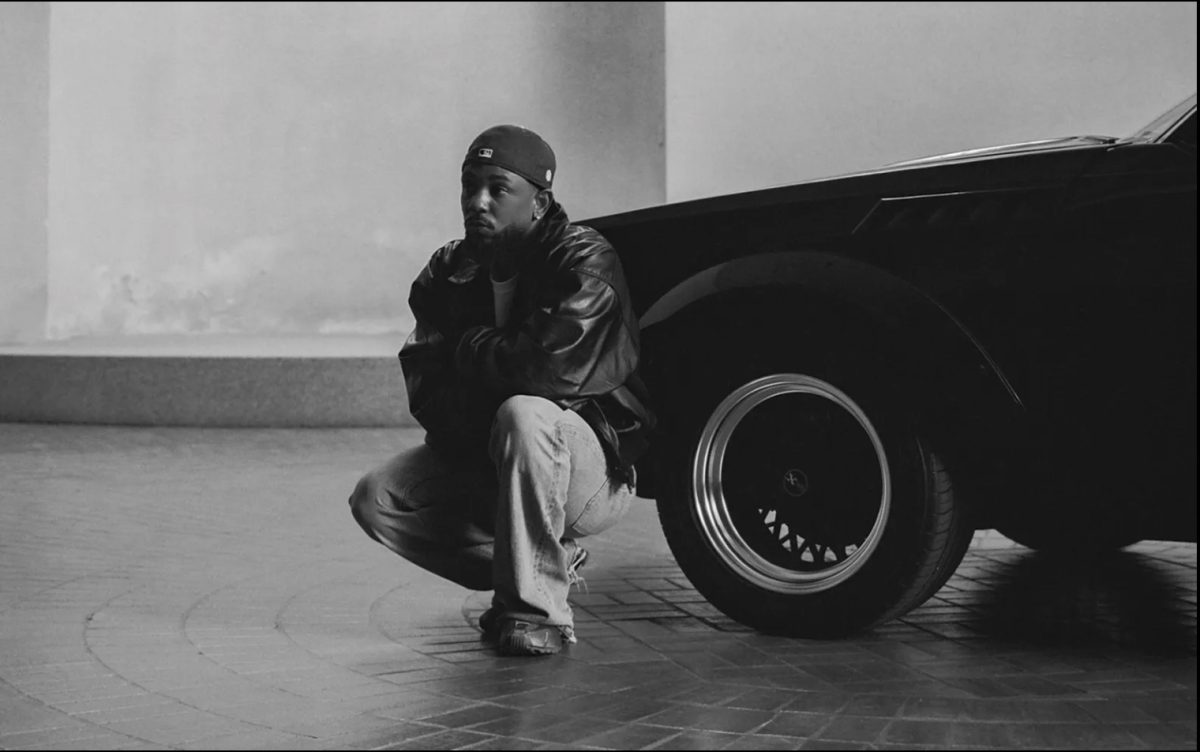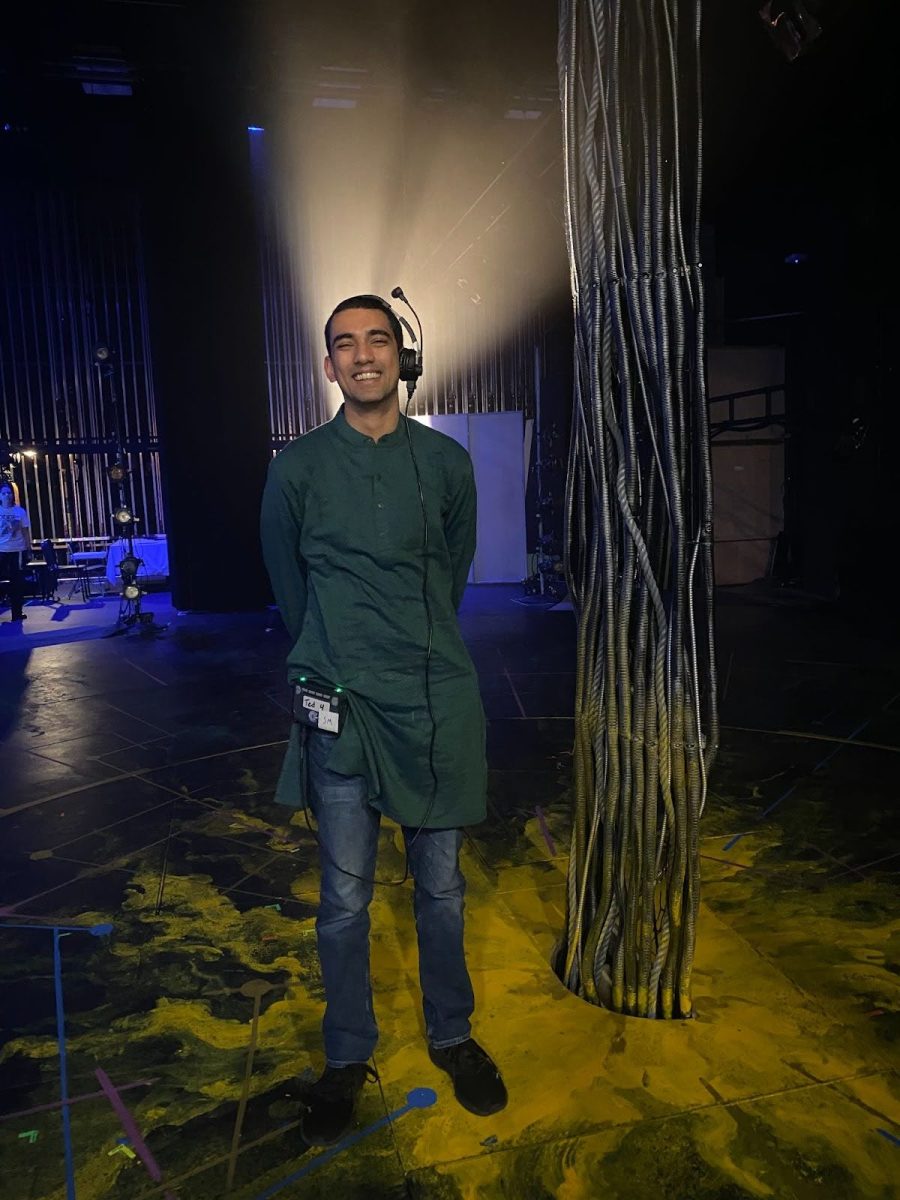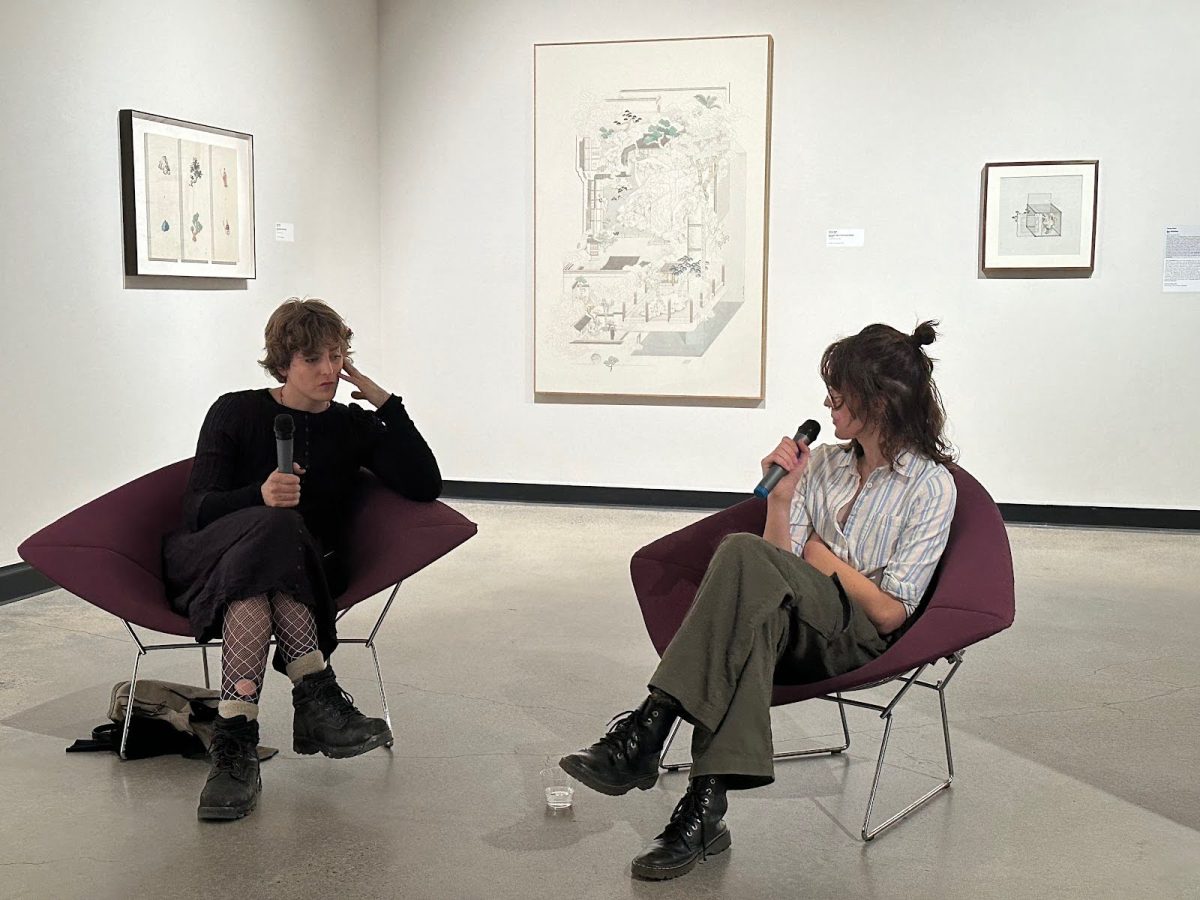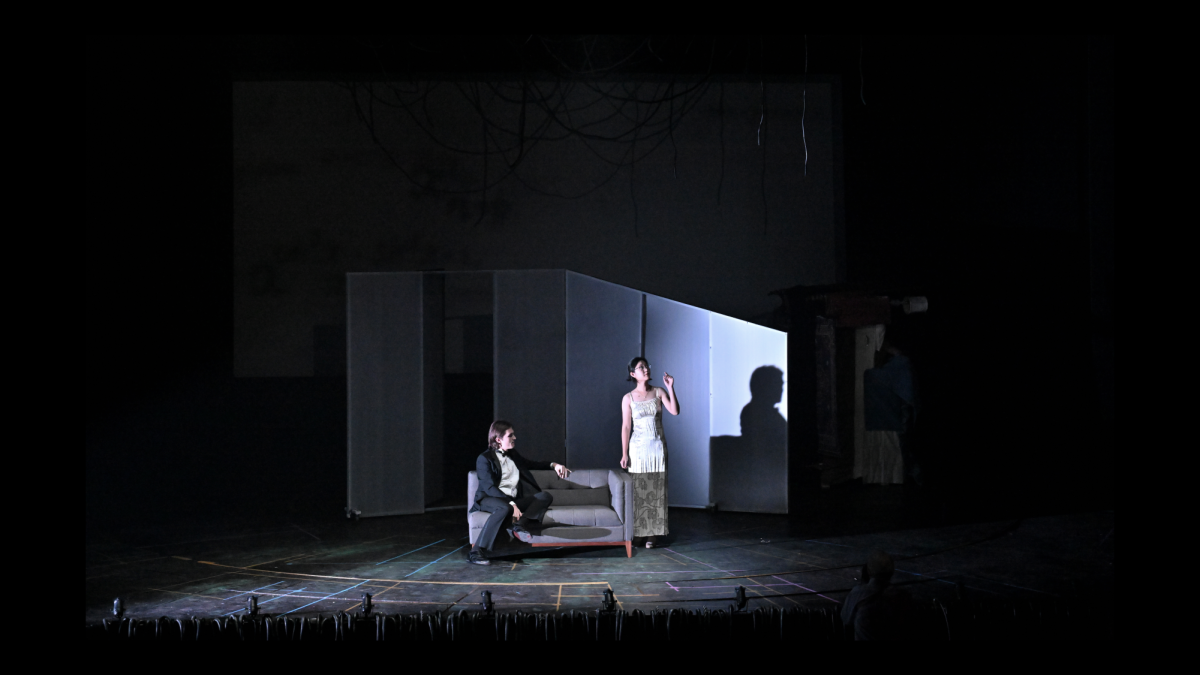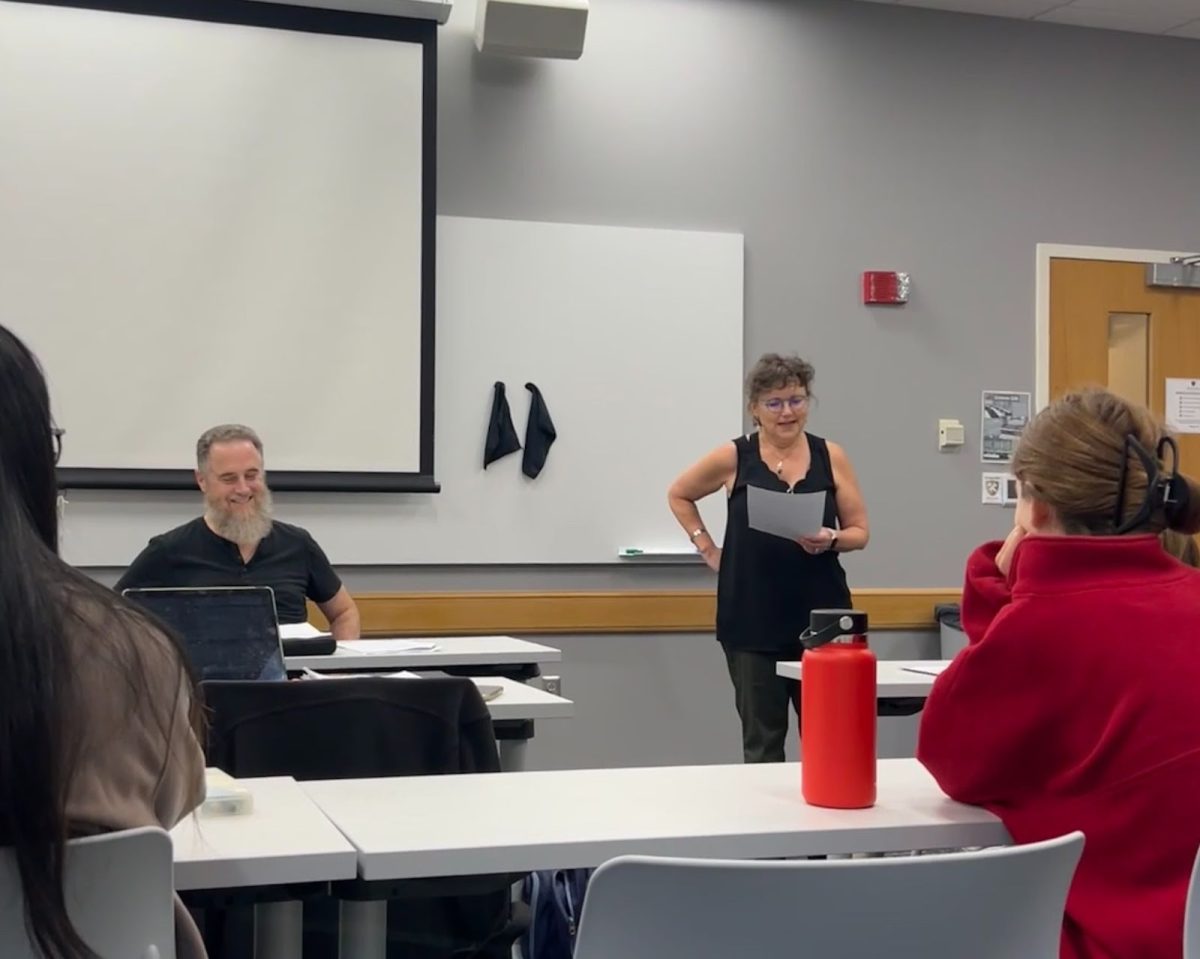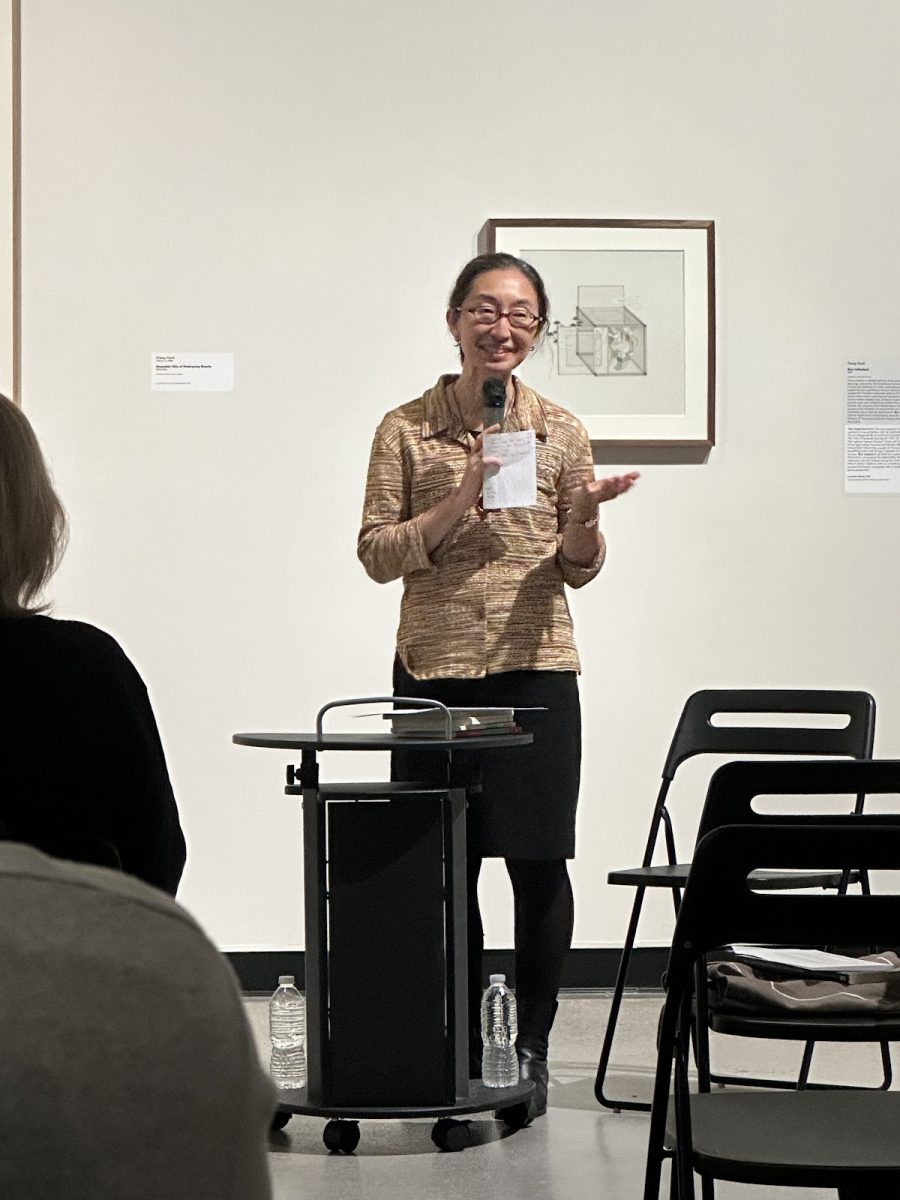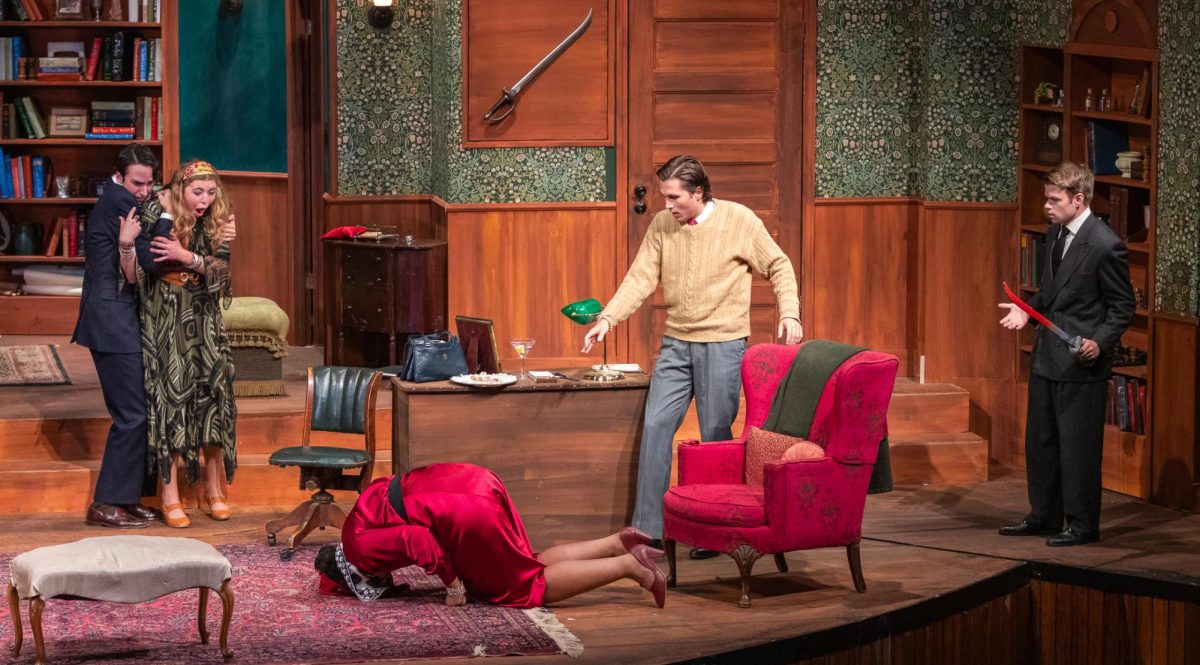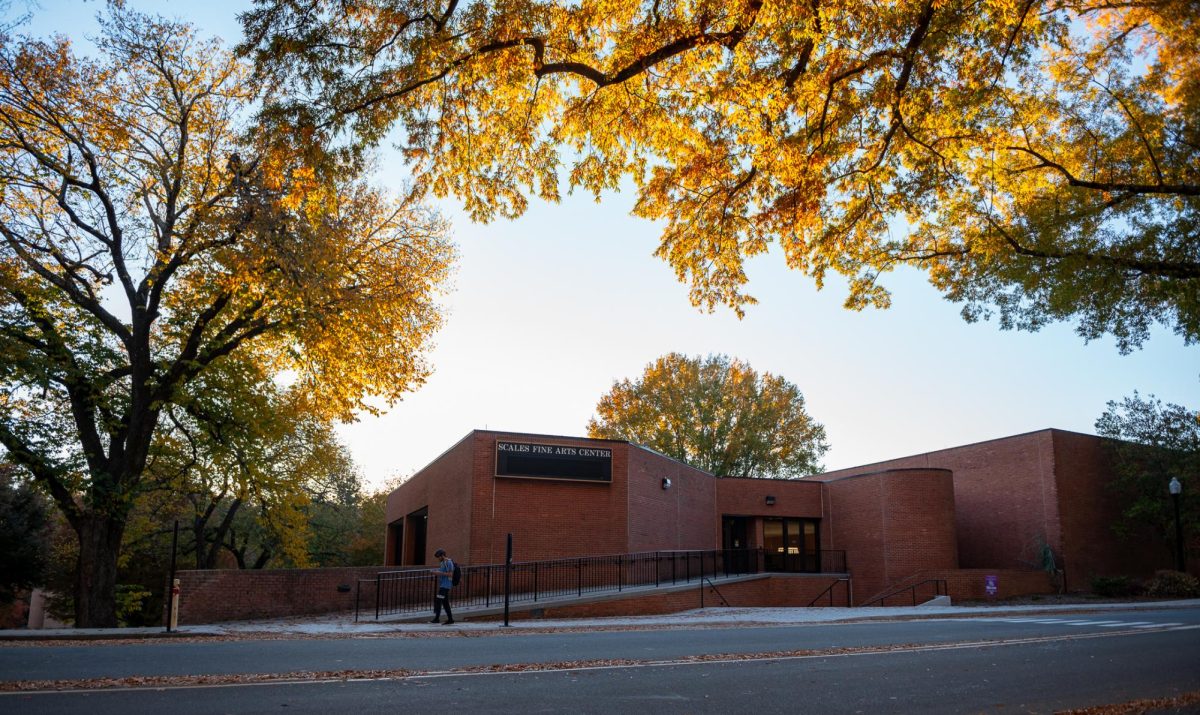A panel of eight Wake Forest students brought home eight contemporary artwork as additions to the Reese Collection, from a trip to New York over the last spring break. The art pieces represented a variety of minority and female artists, whose perspectives and creativity were missing from the current, predominantly white and male artworks. They gave a public presentation at Scales Fine Arts Center on April 19 and revealed their 2024 art acquisitions.
“The Western art world and its literature and criticism have by large been exclusionary for a long time,” said Jane Alexander, one of the eight students on the Art Reveal, “but that luckily continues to shift.”
Thanks to the support of Mark H. Reece and his family since their first donation in 1963, many student communities on behalf of the Reece Collection Acquisition Committee have traveled to New York City to purchase artwork for the Mark H. Reece Collection every three to four years. This year is the 60th anniversary of student acquisitions. The composition of the student buyer group is particularly diverse, including eight people of different ethnicities, gender identities, majors and grades — a refreshing diversity and dynamism that is reflected in this year’s art display.
The pieces of art acquired by the committee differ in color, style, school and the media in which they are showcased. One of the pieces acquired with the name of “Untitled 3, Dolly,” by artist Adebunmi Gbadebo, was a multimedia artwork made with real donated black hair, cotton, rice, indigo blue dyes and archival materials embedded in handmade paper. Gbadebo incorporates these materials along with soil, bones, water and archival materials into her art. This unique process of selecting materials and handmade paper production uncovered Black narratives that connected to the land where the artist’s family endured oppression. It aimed to restore black power and resistance. This bold artistic creation shows infinite contemplation and originality.
“Summer Bloom” by student Jason Najjar was also an interesting artwork with unique material and textile media. Artist Melissa Cody, a fourth-generation Navajo textile artist, combines her unique cultural background with modern technology to create this knitted work of art. By using modern tools to plan and execute her designs, Cody created her art with Germantown Revival Style by embracing new, available technologies to expand the expressive possibilities of Navajo textiles, much like her ancestors did with the introduction of industrially dyed yarns.
The event revealed many niche and special contemporary artworks. These great pieces slowly approached the audience through the voice of students’ presentations. The students displayed a deep understanding of these abstract works seemingly out of touch with the aesthetics of the broader public. They hope to show how the identities of artists and the social groups they belong to intersect, especially when they themselves are minorities, and the social power structures are stacked against them.
Lavender Wang, a junior among the eight majoring in art history, picked for her presentation a painting that depicted a “special box” from an East Asian artist Xiaoli Zhang.
“[Zhang’s] cultural identity connects closely with the box for a sense of home and other symbolistic components referring to classical gardens,” Wang said. “This work serves as a gateway for the Wake [Forest] community to explore the rich lineage of East Asian art and culture in a contemporary playful way.”
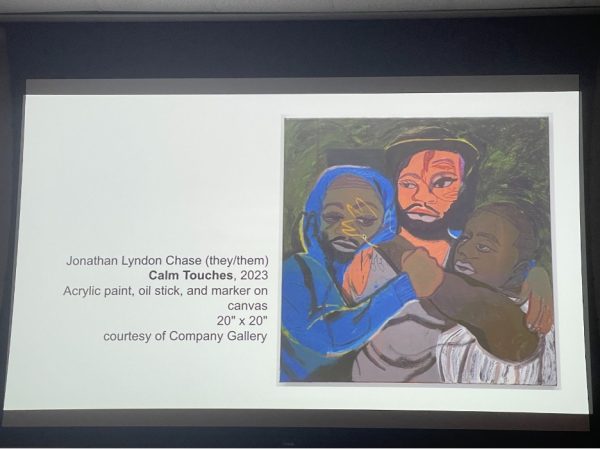
The avant-garde and abstract art forms of contemporary art often require more interpretation costs to be accepted and understood by the general masses, which is highly recognized by Skyler Edwards, one of the eight.
Edwards is a graduating senior with a computer science major and two minors in math and religious studies. She is the only member of the group who is not pursuing an art major or has any related background. Even though she identified herself as creative and passionate about art, she acknowledged that her lack of formal training with a professional point of view made her feel intimidated and apprehensive when she first joined the group. But in preparing for and participating in the event, she realized the value of her perspective, and how it helped her make these contemporary arts understood and empathized with more people.
“There is something that might be loaded with symbolism that I just don’t necessarily understand, but most people are going to look at it and not understand and not care, feel ugly and stuff like that,” Edwards said, “so I feel like I was always able to speak up for the average person and be very down to earth about certain pieces when they’re talking about them.”
Edwards talked about how she ended up enjoying the whole process of searching and reaching out for art galleries like other members did. She remembered those days when they always had “50 tabs” open on their laptop. They went nonstop once they got off the plane to New York, throwing their bags in the hotel when their rooms were not available yet. They immersed themselves in galleries and had very minimal time “to rest and to breathe.” In spite of the exhaustion, Edwards was still “so filled with adrenaline” in this process and proud of the outcomes of their hard work.
Jennifer Finkel is the Acquavella curator of Wake Forest art collections and one of the supervising professors for this program. She is responsible for about 2000 objects in the collection, and about 180 works among them are in the Mark H. Reece Collection of students-acquired contemporary art.
Finkel mentioned that these eight new acquisitions will be exhibited in Hanes Gallery in the fall. She said there have been many conversations from the course and art department about “how [these works would] be perceived when they come back on campus.” She really wanted these arts to “stand on their own” and be accessible and appreciated by people from different majors and backgrounds.
“I hope that faculty across all departments will want to incorporate these works into their curriculum. You know, from African American studies to women’s, gender and sexuality studies, to sociology, psychology […],” Finkel said. “We really hope that people will come and visit them.”
